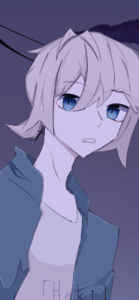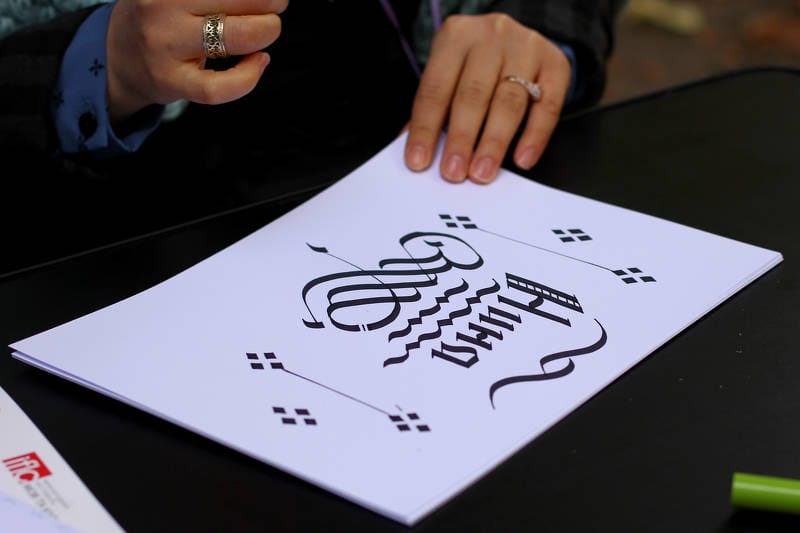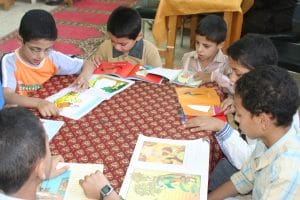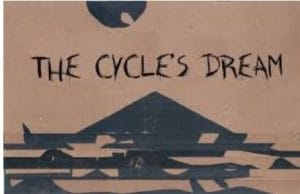A parent comes up to me in the library and says, “Please help my child read. He/she is only reading comic books. I want you to make him/her read real books.”
Almost all librarians have faced this situation. Let’s look at graphic novels/comics as a form of literature. And you know, that every library must have comic books and graphic novels to satiate the needs of our community.
Fundamental differences between comic books and graphic novels:
Comics:
- Comics are single stories in a series.
- Comics come in a periodical format.
- Comics have advertisements (not all).
- Comics may have an ISSN.
Graphic novels:
- A graphic novel is a long story with no series (generally).
- A graphic novel comes in a book format.
- A graphic novel has an ISBN.
Many universities have described comic/graphic stories as “hybrid literature’. These comic books receive more respect when used as a critical appreciation of artform, play of words, symbolism, design, structure, and plot lines.
Why are comic books valuable?
Comic/graphic stories have the elements of a story, and through this format, children can learn the different story elements of a protagonist, antagonist, settings, and plot. From early readers to learning a second language, developing fluency in a language, dyslexia individuals and sophisticated readers and illustrators can benefit from comic books and graphic novels. Most popular ones internationally are the Marvel comics, Japanese Manga (for all ages), and the DC comics
Some benefits of comic books/graphic novels
- Struggling readers develop confidence and fluency with this format.
- Children with autism can identify emotions through the art and images in a comic books.
- Learning to infer, question, and identify evidence based on their reasoning through text and images can help build literacy.
- Children begin to read meaning between the lines and figure out what the narrator describes.
- Allows students to develop speaking skills and learn new vocabulary.
Practically speaking, we have all grown up with comic books, which have proven helpful in every child’s life. It quenches the child’s dreams, aspirations, emotional, social, fantastical, or heroic needs. Thus, making it meaningful and very valuable.
Genres are available in Comic Books/Graphic novels.
They range from historical fiction, biographies, mythologies, fables, and folklore, thus providing children explore and learn the different elements of genres through this kind of literature.
Reading and writing go hand in hand. They are like daal and rice. One is not complete without the other. Writing in comic style allows students to express themselves in shorter and quicker ways. Learning about comic strips helps children learn a new form of writing.
- Authors and illustrators use text boxes with words, colors, textures, and frames to tell their stories.
- They use speech balloons and sound effects to narrate their action in the story.
- Motion lines and character expressions are a part of the narration to tell their story.
You can use these tools to provide students to create comic books online and a platform to share their lives.
What are Webcomics?
Young adults and adults have found their passion in Webcomics.
What are webcomics? “Webcomics (also known as online comics or Internet comics) are comics published on a website or mobile app. While many are published exclusively on the web, others are also published in magazines, newspapers, or comic books.” (Wikipedia)
This format has become very popular with the country’s young generation. It usually highlights politics, social awareness, and feminism, and they spread their ideas, words, and art through social media. Every country has its popular webcomics.
Popular Webcomics in India
Striptease mag includes comics, graphic novels, and everything akin to it. There are some great reviews and recommendations for Indian graphic novels.
Brown Paper Bag: Satire that appeals to all. It will make you giggle at each chapter. Sailesh, aka Saigo, a 20-year-old Bangalorean, blends humor with everyday life. Anecdotes include how a left-handed person feels in India and even using profanities in front of parents. Find it on Facebook here.
UrbanLore is by Kaveri Gopalakrishnan, and Aarthi Parthasarathy reflects the urban lifestyle. Humorous stories about women’s restrictions and feminism, how life works for women in India. You can find them on Facebook here.
Sanitary Panels has simple artwork but makes up for it with giggle-worthy humour. The series is great for quick reads, topics on gender roles, personal life, and social interactions.
Green Humour is a collection of 250 stories about wildlife, animals, and birds. The focus is on wildlife and nature with a sense of humour. You can find them on Facebook here.
Strippy is another fun online comic strip.
All comic books can be purchased at
- Comic Clan
- Comic Book Store, India
- Comics India
- Amazon – Comic
- Amar Chitra Katha – Free Reads (Not all are free) has several comics. Check out the Be Internet Awesome series for free. It describes and teaches how students can be safe online.



















